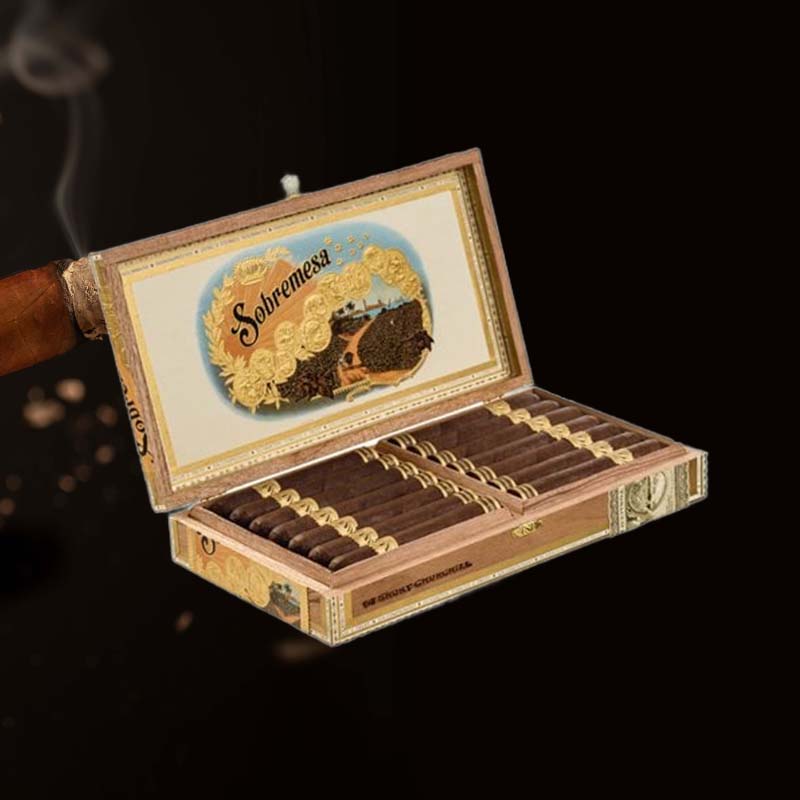Eagle torch lighter won't stay li
Introduction: Fixing That Jet Lighter You Love
Let me be honest — there’s nothing more frustrating than your beloved Eagle torch lighter refusing to stay lit when you need it the most. Whether I’m out on a camping trip, enjoying a cigar, or simply trying to light a candle, a lighter that won’t cooperate can throw a wrench in my plans. I remember a cold evening when my lighter failed me while trying to light a warm fireplace; it was a dreadful moment. That’s why I decided to dive into repair and maintenance techniques for my trusty lighter. Today, I want to share that knowledge with you.
Why Your Eagle Torch Lighter Is Important
Your Eagle torch lighter is not just a tool; it can enhance your outdoor experiences and cigar enjoyment. It’s like a loyal friend that helps set the mood, whether you’re at a cozy gathering or under the stars. Losing its functionality can feel like losing a part of that experience. Therefore, maintaining and knowing how to fix it is vital for a smooth flow in your leisure time.
Step 1: Gathering Tools and Materials

Essential Tools For Repair
- Small screwdriver set (flat and Phillips)
- Compressed air canister
- Soft cloth or paper towel
- Quality butane fuel
- Isopropyl alcohol for cleaning
Step 2: Diagnosing the Problem

Checklist for Common Issues
- Is the lighter fueled? (Check your butane level)
- Any visible dirt around the nozzle?
- Is the flame adjustment set appropriately?
- Does the spark mechanism click when pressed?
Step 3: Opening Your Eagle Torch Lighter

Safe Disassembly Techniques
To troubleshoot effectively, I carefully disassemble the lighter. I recommend placing it on a clean, flat surface and using your screwdriver to remove any screws. Be gentle, as the lighter’s components can be delicate. Take a picture of the assembly beforehand to ensure easy reassembly later.
Step 4: Adjusting the Spark Mechanism
How to Properly Adjust Spark Settings
If the spark isn’t igniting the butane, I adjust the igniter mechanism. Sometimes it merely requires a slight tweak. Check whether the mechanism is loose or blocked by debris. A little adjustment can make a difference and reignite the flame.
Step 5: Troubleshooting Lack of Flame

Things to Check If It Won’t Ignite
- Ensure the lighter is properly fueled and the valve is open.
- Check the spark mechanism and replace if necessary.
- Examine for any blockages in the nozzle; clean it with compressed air.
- Make sure the flame adjustment settings aren’t set too low.
Step 6: Cleaning the Internal Parts
Step-by-step Cleaning Process
I believe regular cleaning can prolong a lighter’s life. My process includes using isopropyl alcohol and a soft cloth to wipe the internal parts gently. I ensure all dirt and debris are cleared effectively, boosting the lighter’s functionality.
Step 7: Refueling Your Lighter

Best Practices for Refueling
Refueling is crucial and should be done safely. I always recommend doing it in a well-ventilated area. Hold the lighter upside down and fill it slowly, allowing time for absorption. This practice keeps it in good shape.
Step 8: Reassembling Your Eagle Torch Lighter

Putting It Back Together Safely
Once everything is cleaned and checked, I carefully reassemble my lighter, following the steps I documented initially. I always double-check that every screw is tight but not overly so, as this can cause damage.
Step 9: Testing the Torch Lighter

How to Test for Proper Functionality
After reassembling, I test the lighter in a secure environment. I turn the adjustment dial and press the igniter to see if it lights consistently. This step ensures my efforts have been worthwhile.
Maintaining Your Torch Lighter: Tips
Routine Maintenance for Longevity
- Regularly clean the nozzle and internal parts.
- Use quality butane for optimal performance.
- Store in a cool, dry place when not in use.
- Avoid exposing your lighter to extreme temperatures.
Common Issues: Eagle Torch Lighter Won’t Stay Lit

5 Frequent Problems and Fixes
- Empty fuel: Refuel the lighter.
- Dirty nozzle: Clean using compressed air or a soft brush.
- Faulty spark mechanism: Adjust or replace as necessary.
- Excessive air in the system: Purge the lighter before refueling.
- Inappropriate fuel: Always use high-quality butane.
Using the Right Kind of Butane
Why Quality Butane Matters
I’ve learned the hard way that not all butane is created equal. Higher-quality butane produces a cleaner burn and helps maintain the internal mechanisms of your lighter. Investing in the right butane will save you from frequent repairs and frustrations.
Final Thoughts: Ensuring Your Eagle Torch Lighter Works

Best Practices Moving Forward
With some dedication, your Eagle torch lighter can continue to serve you well. Regular maintenance, timely repairs, and using quality butane are essential. Following these steps has allowed me to enjoy lighting up moments that matter without interruption.
FAQ

Why does the flame on my torch lighter keep going out?

When your lighter’s flame keeps going out, it may be due to insufficient fuel, a clogged nozzle, or issues with the spark mechanism. I recommend diagnosing and addressing these factors individually for a quick fix.
Why is my torch not staying lit?
A torch not staying lit can often be attributed to an empty fuel tank, obstructed nozzle, or damaged spark component. I suggest checking each of these to find the root cause and restore functionality.
How to fix a butane lighter that won’t stay lit?

To fix a butane lighter that won’t stay lit, start by checking fuel levels, cleaning the nozzle, and ensuring the spark mechanism works properly. With some hands-on care, you can usually resolve the issue swiftly.
Why isn’t my lighter staying lit?
If your lighter isn’t staying lit, consider if it’s out of fuel, has a dirty nozzle, or has a faulty igniter. I’ve found that often, a straightforward cleaning or refueling resolves the problem efficiently.





